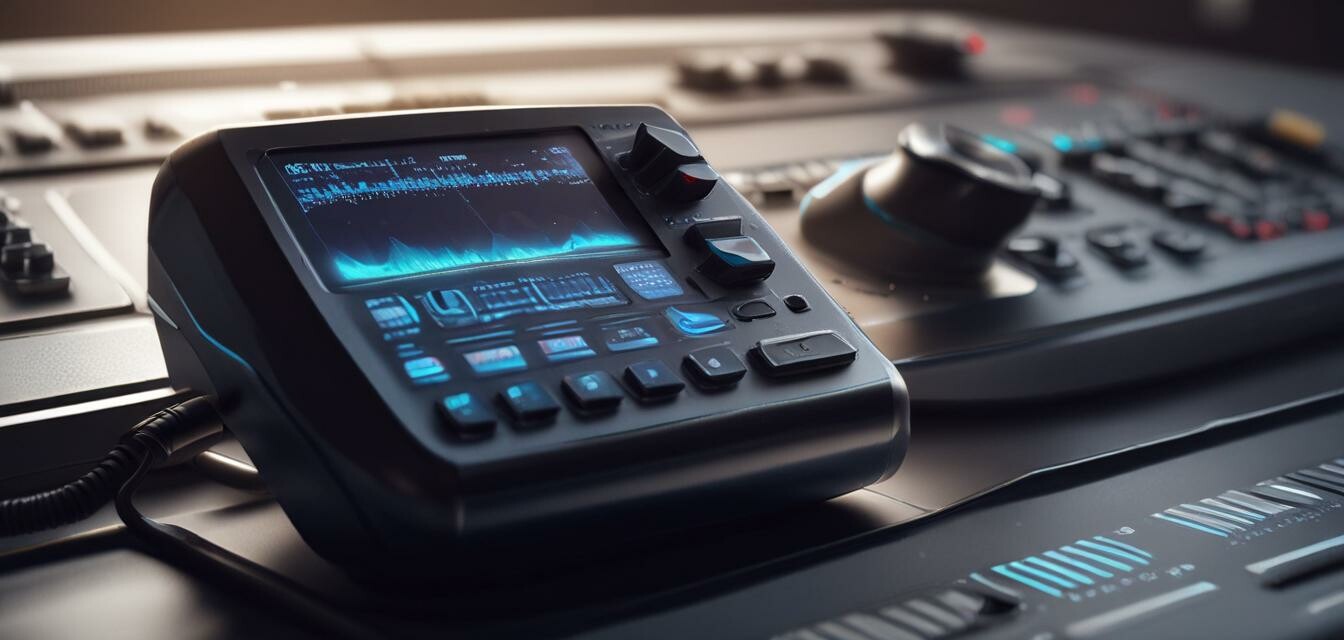
Essential Features to Look for in Police Scanners
Key Takeaways
- Understand the importance of frequency range in police scanners.
- Look for digital capabilities to ensure compatibility with modern communications.
- Consider the user-friendly interface for ease of use.
- High sensitivity and selectivity improve scanning performance.
- Portability is key for users on the move.
If you’re considering investing in a police scanner, it’s essential to know what features to prioritize. As we move into 2025, police scanners have evolved, and understanding their functionalities can greatly enhance your experience. Whether you're interested in monitoring emergency services, local events, or just enjoy scanning for interesting communications, knowing which features matter most can help you choose the right model for your needs.
Understanding Frequency Range
The frequency range is one of the most critical features of a police scanner. Different police departments and emergency services use various frequency bands. A scanner that covers a wide frequency range ensures you won't miss any communication. Look for models that include:
- Low-band VHF (30-50 MHz)
- High-band VHF (150-174 MHz)
- UHF (400-512 MHz)
- 800 MHz bands
With a broader range, you'll have access to a wider variety of transmissions.
Digital Capabilities
As technology progresses, many police departments are transitioning to digital communications. Therefore, it’s essential to choose a scanner that supports digital formats. Some key considerations include:
- Dynamically scanning digital signals such as P25 (Project 25)
- Support for DMR (Digital Mobile Radio)
- Capable of decoding encrypted transmissions, if legal in your area
Investing in a digital-capable scanner expands your listening options significantly.
User-Friendly Interface
A complicated interface can be frustrating, especially for beginners. Choosing a scanner with an intuitive design can make your experience far more enjoyable. Features to look for include:
- Easy-to-navigate menus
- Large display screens with legible fonts
- Expandable memory for easy organization of channels
User reviews can provide insights into how user-friendly a scanner is.
Sensitivity and Selectivity
High sensitivity in a police scanner allows you to receive weaker signals without static. Selectivity helps the scanner focus on specific signals while ignoring unwanted noise. Here’s why they matter:
- A sensitive receiver captures weak transmissions from distant signals.
- Good selectivity reduces interference from nearby signals.
Make sure to check the specifications regarding these features before making a purchase.
Portability
For users on the go, portability might be a primary concern. Features contributing to a scanner's portability include:
- Compact size for easy transportation
- Rechargeable batteries to avoid frequent battery changes
- Car charging options for prolonged use on the road
Finding a portable police scanner allows for use in various settings—be it at home or in the car.
Best Practices for Using Police Scanners
Here are some best practices to keep in mind when using your police scanner:
- Check local laws regarding scanner usage to ensure compliance.
- Join online communities or forums to share tips with other scanner enthusiasts.
- Regularly update the firmware of your scanner for new features and improvements.
- Keep a log of interesting communications for future reference.
Conclusion
As you navigate the world of police scanners, being aware of these essential features will empower you to make a sound decision. These devices can serve as great sources of information and entertainment when used properly. To explore police scanners further or get related accessories, check our category on police scanners & CB radios and don't hesitate to look into radar detector accessories for added functionality.
Tips for Beginners
Getting started with a police scanner can be fun yet overwhelming. Here are a few tips tailored for beginners:
- Begin with a basic model to learn the ropes.
- Consider investing in a dedicated antenna for improved reception.
- Experiment with scanning modes to find what works best for you.
- Take advantage of guided manuals or tutorials available online.
Pros
- Access to real-time information and news.
- Empowers users to stay informed about public safety.
- Can be used for recreational monitoring of local events.
- Enhances situational awareness while on the road.
Cons
- May be illegal in certain areas.
- Some models can be expensive.
- Requires knowledge of frequencies.
- Limited to transmissions within range.
